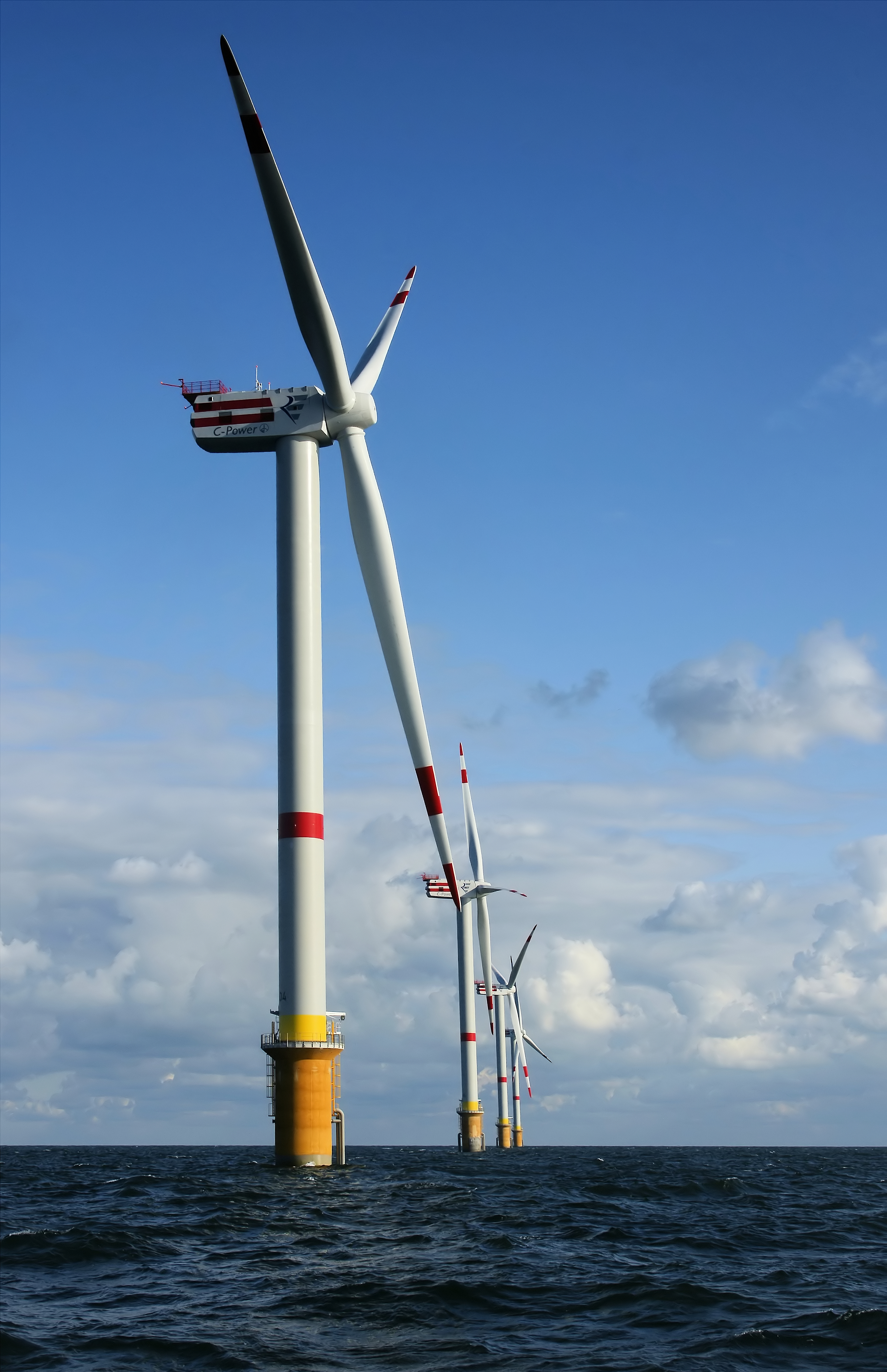A leap forward in 'flow' batteries

Polymer-based separators in conventional batteries bring their share of structural and operational defects to the table, and reduce the efficiency and lifetime of the battery. To circumvent this issue, researchers at the Massachusetts Institute of Technology (MIT) have developed a membrane-less battery, a.k.a. a ‘flow’ battery. It stores and releases energy using electrochemical reactions between hydrogen and bromine. Within the battery, bromine and hydrogen bromide are pumped in through a channel between the electrodes. They keep the flow rate really low, prompting the fluids to achieve laminar flow: in this state, they flow parallely instead of mixing with each other, creating a ‘natural’ membrane that still keeps the ion-transfer channel open. The researchers, led by doctoral student William Braff, estimate that the battery, if scaled up to megawatts, could incur a one-time cost of as little as $100/kWh. This is value that’s quite attractive to the emerging renewable energy economy. From a purely research perspective, this H-Br variant is significant also for being the first rechargeable ‘flow’ battery. I covered this development for The Hindu.



